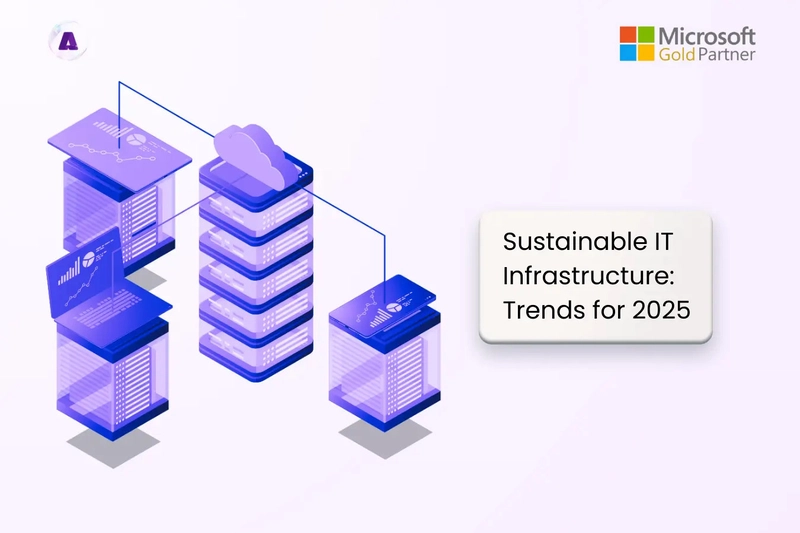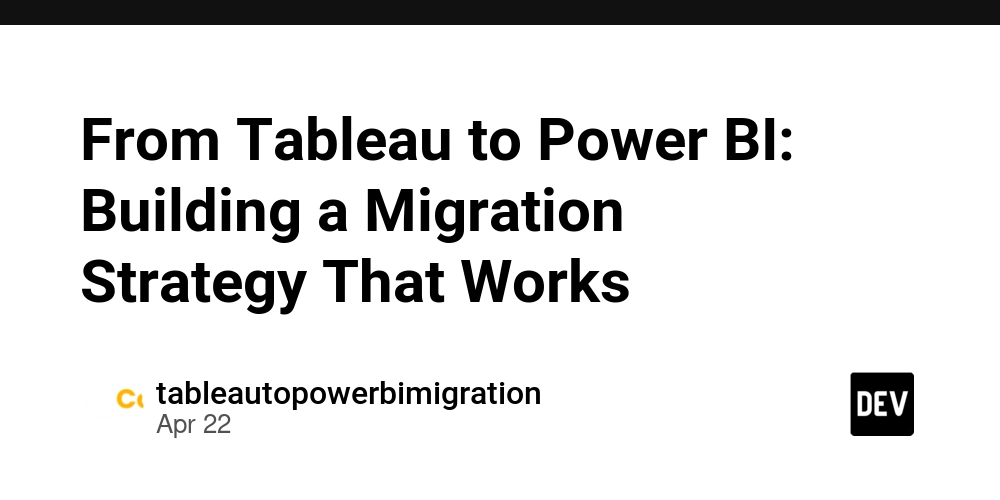Sustainable IT Infrastructure: Trends for 2025
Sustainability is no longer optional for IT and data center industries—it’s a top priority. As energy costs rise and regulatory pressures increase, businesses are adopting innovative strategies to reduce their carbon footprints and optimize IT operations for a sustainable future. Energy Consumption in Data Centers Energy use in data centers is set to double by 2026. To combat this, businesses are using AI-driven resource management, energy-efficient hardware, and advanced cooling solutions like liquid cooling to reduce consumption. Cloud Adoption for Sustainability Public cloud infrastructure is more energy-efficient than private data centers, promoting cloud migration as part of sustainability strategies. Cloud providers leverage economies of scale to optimize energy use. Edge Computing: A Sustainable IT Solution Edge computing enables data processing close to the source, reducing the need for large data centers and lowering carbon footprints by using renewable energy in decentralized locations. Water Conservation in IT With water shortages increasing, companies are focusing on water-efficient designs and cooling technologies to conserve resources in data centers. Liquid Cooling for Efficiency High-performance computing and AI workloads demand more power. Liquid cooling technologies like immersion cooling are cutting energy consumption while improving performance. Transparency in Sustainability There is a growing push for clear sustainability reporting, with data centers adopting “nutrition labels” to make it easier for organizations to evaluate their environmental impact. Server and Workload Optimization Optimizing hardware and software is key to reducing the carbon footprint. Companies are focusing on energy-efficient processors, software redesign, and AI automation to streamline workloads. Case Study: Microsoft’s Leadership in Sustainable IT Microsoft is leading the charge with a commitment to become carbon negative by 2030, using renewable energy, liquid immersion cooling, and AI-driven energy optimization in their data centers. Their focus on sustainability sets a strong example for others to follow. Final Thoughts Sustainable IT is not just an ethical decision—it’s essential for business success. Companies leveraging renewable energy, cloud adoption, liquid cooling, and AI-driven solutions will reduce their environmental impact and gain a competitive edge. 2025 will be a pivotal year for sustainable IT. To learn more about the trends shaping sustainable IT infrastructure in 2025, read the full blog here: Sustainable IT Infrastructure: Trends for 2025

Sustainability is no longer optional for IT and data center industries—it’s a top priority. As energy costs rise and regulatory pressures increase, businesses are adopting innovative strategies to reduce their carbon footprints and optimize IT operations for a sustainable future.
- Energy Consumption in Data Centers
Energy use in data centers is set to double by 2026. To combat this, businesses are using AI-driven resource management, energy-efficient hardware, and advanced cooling solutions like liquid cooling to reduce consumption.
- Cloud Adoption for Sustainability
Public cloud infrastructure is more energy-efficient than private data centers, promoting cloud migration as part of sustainability strategies. Cloud providers leverage economies of scale to optimize energy use.
- Edge Computing: A Sustainable IT Solution
Edge computing enables data processing close to the source, reducing the need for large data centers and lowering carbon footprints by using renewable energy in decentralized locations.
- Water Conservation in IT
With water shortages increasing, companies are focusing on water-efficient designs and cooling technologies to conserve resources in data centers.
- Liquid Cooling for Efficiency
High-performance computing and AI workloads demand more power. Liquid cooling technologies like immersion cooling are cutting energy consumption while improving performance.
- Transparency in Sustainability
There is a growing push for clear sustainability reporting, with data centers adopting “nutrition labels” to make it easier for organizations to evaluate their environmental impact.
- Server and Workload Optimization
Optimizing hardware and software is key to reducing the carbon footprint. Companies are focusing on energy-efficient processors, software redesign, and AI automation to streamline workloads.
Case Study: Microsoft’s Leadership in Sustainable IT
Microsoft is leading the charge with a commitment to become carbon negative by 2030, using renewable energy, liquid immersion cooling, and AI-driven energy optimization in their data centers. Their focus on sustainability sets a strong example for others to follow.
Final Thoughts
Sustainable IT is not just an ethical decision—it’s essential for business success. Companies leveraging renewable energy, cloud adoption, liquid cooling, and AI-driven solutions will reduce their environmental impact and gain a competitive edge. 2025 will be a pivotal year for sustainable IT. To learn more about the trends shaping sustainable IT infrastructure in 2025, read the full blog here: Sustainable IT Infrastructure: Trends for 2025









































































